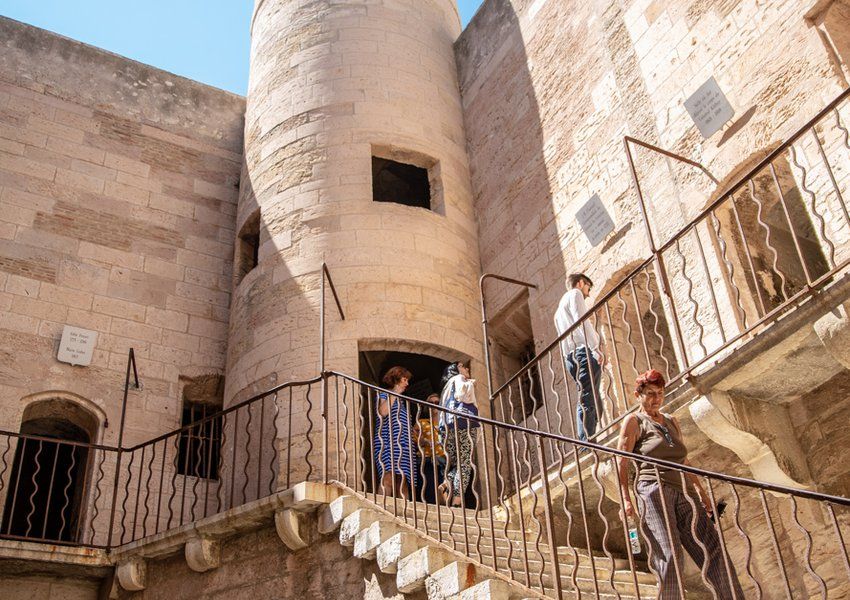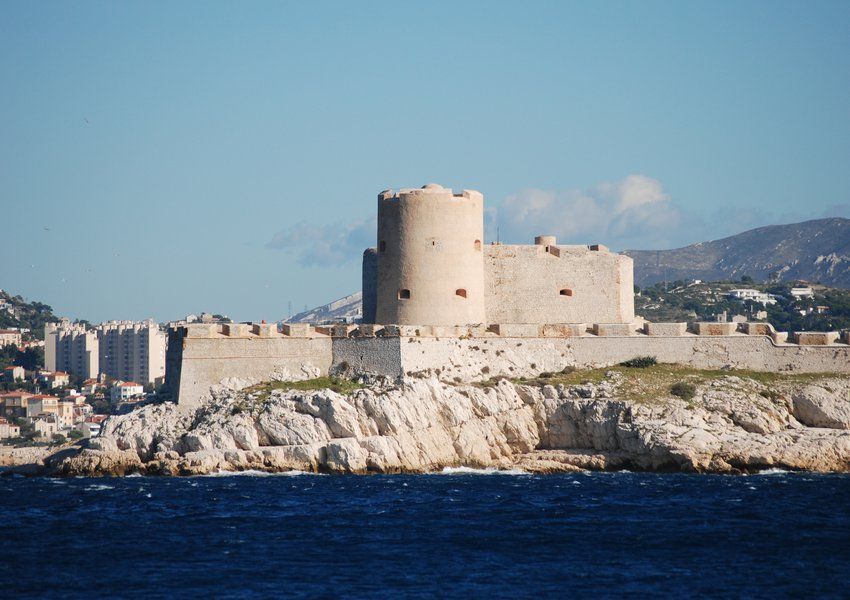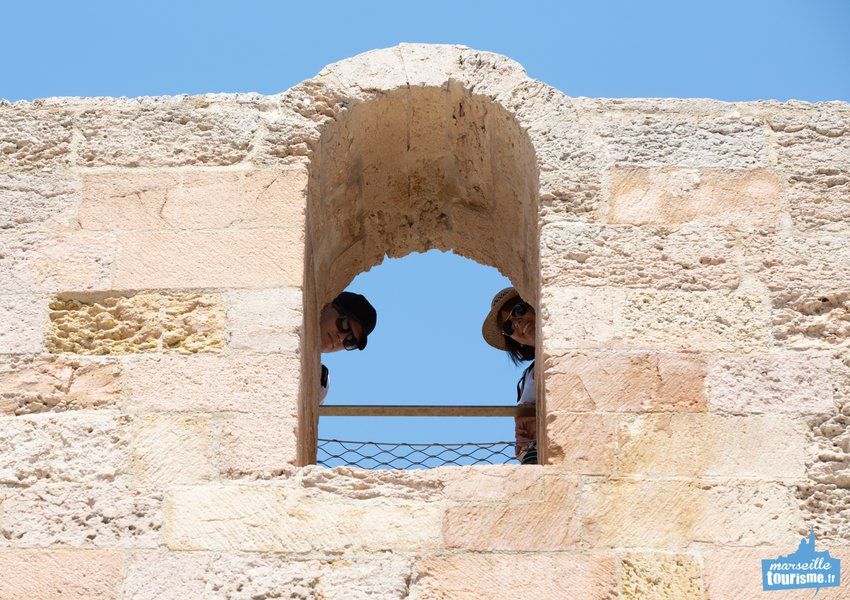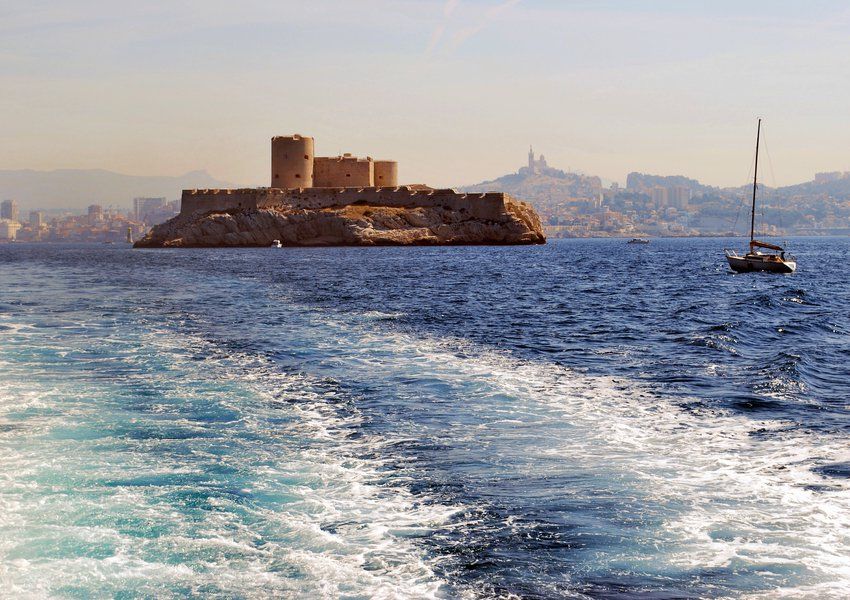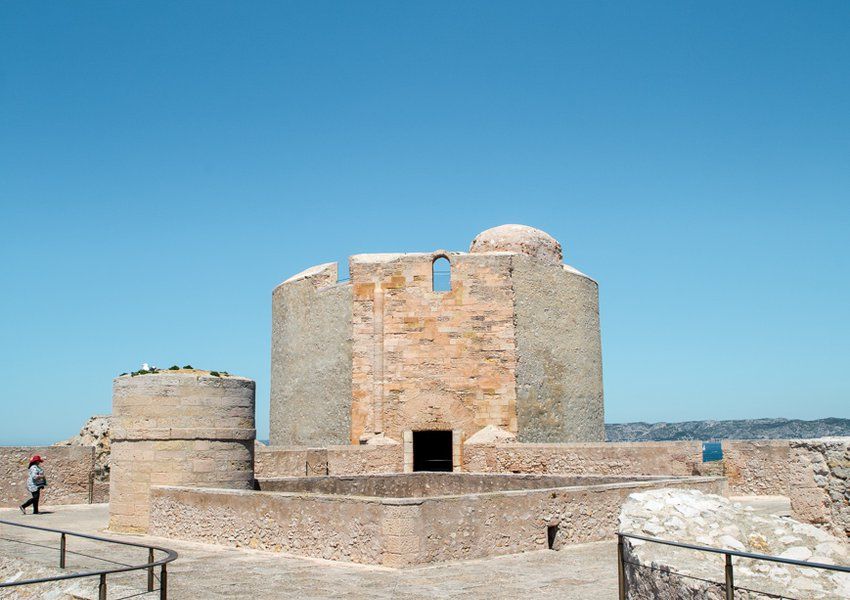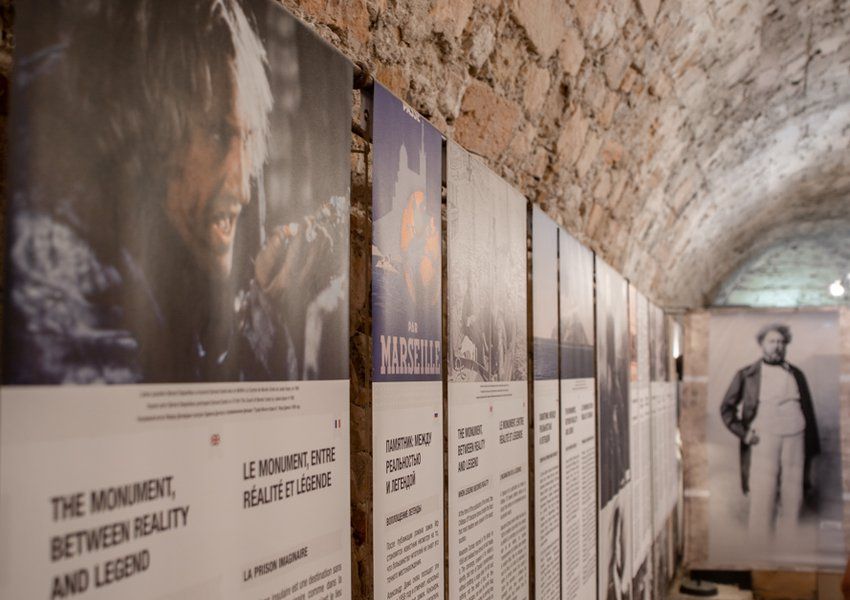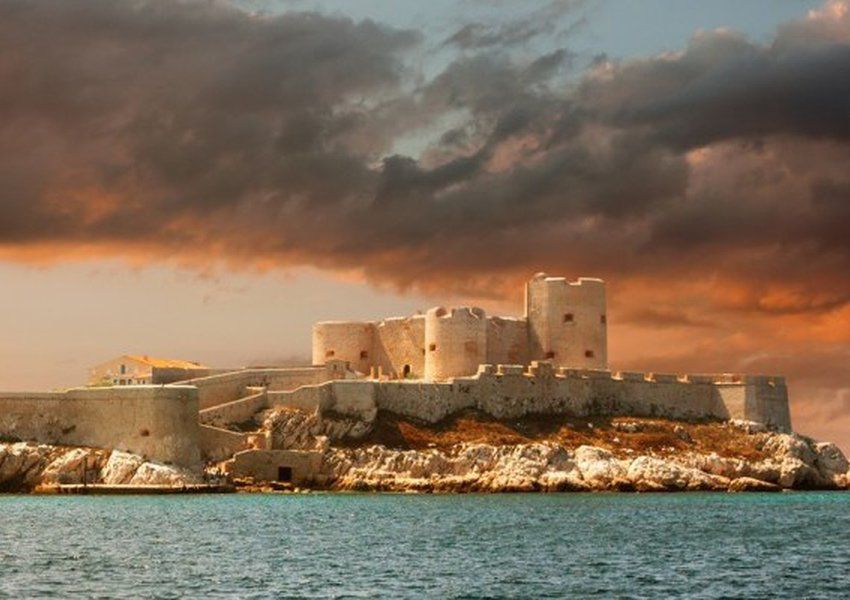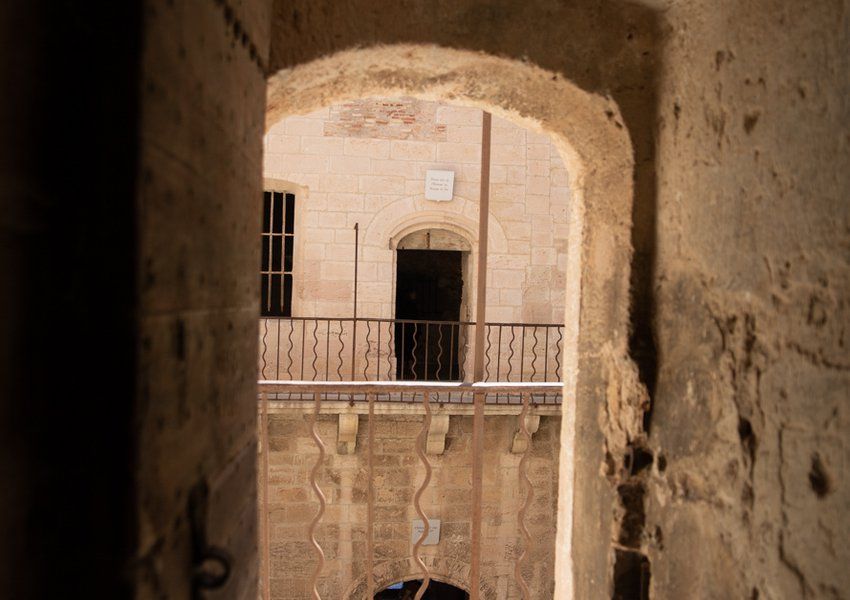The construction of the castle
Taking place on the islet of If in the Friuli archipelago, this fortification was built on the orders of King Francis I. As it happened, during a visit to Marseille in 1516, the sovereign discovered the strategic importance of the islet, which is the smallest of Marseille's islands. He decided to build a fortress to defend the coasts against an invasion, to monitor the navy of royal galleys and to supervise Marseille.
The Château d'If was not built immediately after the royal requests because the people of Marseille were opposed to this structure, which was supposed to watch over them and symbolized the French royal power par excellence. Indeed, Marseille was only annexed to the Kingdom of France in 1480, so it had until then been accustomed to self-sufficiency and was totally autonomous. Construction began in 1528 and was completed in 1531. The fortress therefore stands, protecting the port. It is considered to be "the most beautiful window of the Kingdom of France in the Northern Mediterranean". Château d'If was built with medieval inspiration: it has a keep, 3 towers, high walls, a moat and a drawbridge. It is configured to be able to receive military reinforcements and heavy artillery.
But slowly, moving away from its primary purpose, it quickly became a prison.
From fortification to prison
From 1540, the first prisoners arrived on the island. For nearly 400 years, the prison housed all convicts, thieves, bandits, murderers and people banished from Marseille. The distribution of prisoners in the fortress is based on the status of each individual. Thus, the poor were placed in the cells on the ground floor, which had no light and were so unhealthy that the life expectancy of the prisoners was only 9 months for the most resistant ones!
The wealthiest prisoners, on the other hand, were placed in more spacious cells. They had a window and a chimney, but of course they had to pay to get into these cells.
The If prison has seen famous prisoners, such as Jean-Baptiste Chataud, who is suspected of being at the origin of the Great Plague that struck Marseille in 1720, the Mirabeau Count, the Marquis de Sade and also the famous Count of Monte Cristo!
In Alexandre Dumas' best-selling novel, the hero Edmond Dantès is incarcerated in the Château d'If with Father Faria. He managed to escape and found the treasure hidden on the Monte Cristo island. Over the centuries, prisoners have succeeded one another, and the prison welcomed Evangelists following the abolition of the Edict of Nantes, revolutionaries, opponents of the current government....
Today, we can still see on the walls inscriptions, traces of the passage of some prisoners.
The last prisoners left Château d'If in 1914. Then, during the Second World War, the German army invaded the castle.
Today, you can visit this historic place and immerse yourself in its fascinating history.
Visiting the Château d'If
Château d'If has been a classified historical monument since 1926 and is now an essential place to visit in Marseille with an average of 100,000 visitors each year. The walkway will offer you a breathtaking view of Marseille.
The entrance to Château d'If is charged, count €6 in full price and €5 in reduced or group price. The visit times are based on the arrival and departure times of the ferry boats. The duration of the visit is a minimum of 1 hour and the visits are commented. The walkway offers you a spectacular view of the whole city of Marseille.
Château d'If is open to visitors all year round, subject to weather conditions allowing the shuttles to cross. It is closed every Monday except between April 2 and September 30, when you can visit it every day.
Located one nautical mile from the Old Port, the crossing is fast, only 20 minutes, and allows you to take magnificent pictures of Marseille's harbour and Friuli's Fort. You can also have a snack on the island of Ratonneau or in the Old Port of Marseille.
The Frioul-If-Express ferries provide a maritime connection 7 days a week to the Friuli archipelago from the Old Port. Remember to take your ticket online to avoid the queue during the holidays or in the middle of the summer season.
For schedules or to buy tickets online, check here: http://frioul-if-express.com/en.
